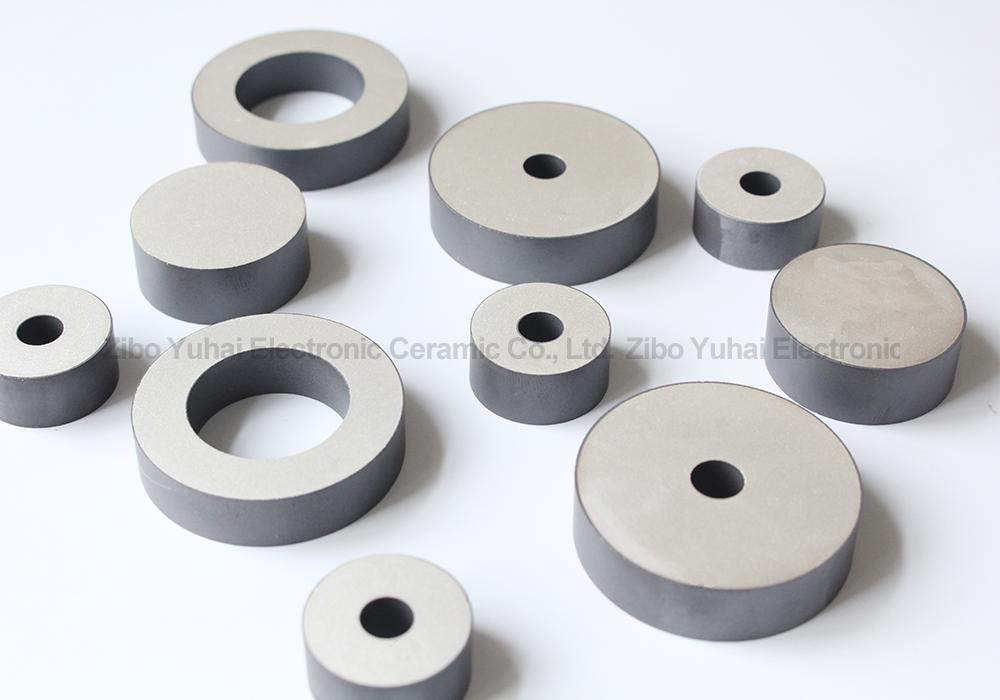The era of collaborative robotics has begun, and there is inevitably a fierce competition among the robot manufacturers. At the same time, we must see that there are some problems with the current collaborative robots, and the level of human-computer collaboration is still at a low level.
The era of collaborative robotics has been opened. Whether it is a large number of emerging robot companies or traditional robot giants, they have launched their own collaborative robot products. These products vary in shape and performance, and the prices are high and low. Obviously, in the era of upcoming collaboration, there is inevitably a fierce competition among the robot manufacturers.
What kind of machine is called a collaborative robot? By definition, a collaborative robot is a robot that is designed to interact directly with people within a collaborative area, which is an area where robots and humans can work simultaneously.
Initially, collaborative robots were developed to increase the labor force of SMEs. For many small and medium-sized businesses, they have no way to recruit a lot of talent to do automation solutions, and collaborative robots will give them lower costs and competitiveness.
Moreover, ordinary workers can do a lot of collaborative robot deployment through a few days of training, avoiding the situation of labor outsourcing (remaining job opportunities in China). Therefore, the initial market for collaborative robots is small and medium-sized enterprises, and the development of collaborative robots is also inseparable from small and medium-sized enterprises.
Recently, Fu Liye intelligent CEO Gu Jie said that man-machine cooperation and human-machine integration are the most important development trends of the robot in the future. Human-machine cooperation is not a command to the robot, but a robot to become a human partner. As traditional industrial robots gradually replace monotonous, repetitive, and dangerous jobs, collaborative robots will slowly infiltrate into various industrial fields and work with others.
From the perspective of industry applications, the most widely used application scenarios for human-machine collaboration robots are still concentrated in the 3C industry. Taking smartphone manufacturing as an example, the production process involves welding, assembly, grinding, testing, etc., not only to keep up with the speed of product replacement, but also to ensure quality control problems in complex processes. Human-machine collaboration is currently the best solution. Program.
Although industrial robots are increasingly being used in enterprises, people will find that for safety reasons, companies generally use fences to isolate robots and workers. In other words, the degree of human-machine collaboration of industrial robots in this form is relatively low.
Not only that, cooperative robots have obvious shortcomings and cannot completely replace traditional robots. To ensure safety, collaborative robots control force and collision capabilities, resulting in slower speeds, usually between one-third and one-half of conventional robots.
In order to reduce the kinetic energy of the robot movement, the cooperative robot generally has a light weight and a relatively simple structure, which causes the rigidity of the entire robot to be insufficient, and the positioning accuracy is one order of magnitude lower than that of the conventional robot; and, the low self-weight and low energy requirements lead to The cooperative robots are very small in size, the load is generally less than 10kg, and the working range is only equivalent to the human arm, so it can not be used in many occasions, and the application range of the cooperative robot is limited.
However, in the process of development and growth, the challenge is inevitable. It is believed that the future collaborative robot will gradually become a transitional concept. With the development of technology, all future robots should have the characteristics of working safely together with human beings.
Barium titanate lead-free piezoelectric ceramics are important basic materials for the development of modern science and technology, which was widely used in the manufacture of ultrasonic transducers, underwater acoustic transducers, electroacoustic transducers, ceramic filters, ceramic transformers, ceramic frequency discriminators, high voltage generators, infrared detectors, surface acoustic wave devices, electro-optic devices, ignition and detonation devices, and piezoelectric gyroscope and so on.
Application: military, ocean, fishery, scientific research, mine detection, daily life and other fields.

Piezo Disc,Piezo Rod,Lead Free Piezo Rods,Lead Free Piezo Discs
Zibo Yuhai Electronic Ceramic Co., Ltd. , https://www.yhpiezo.com
